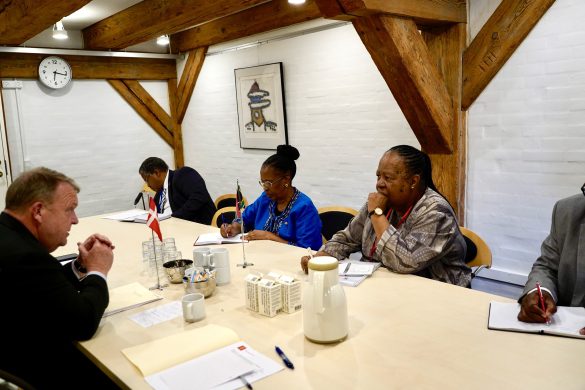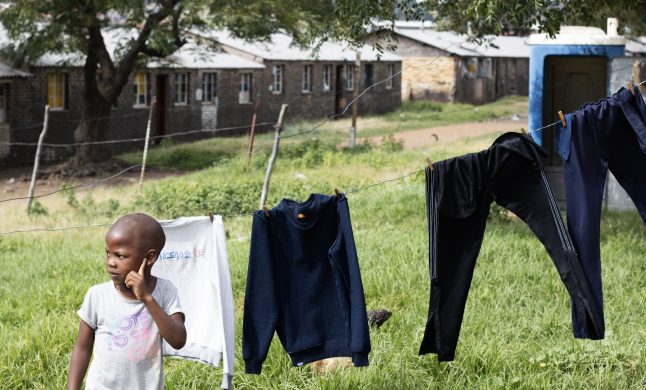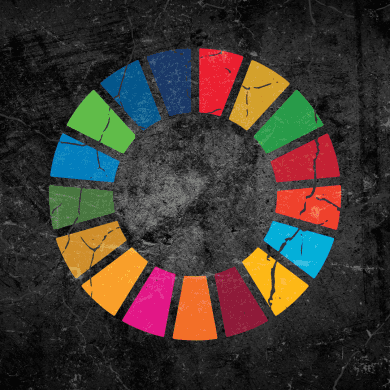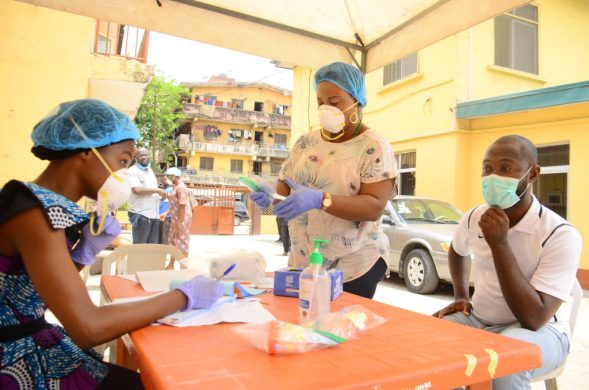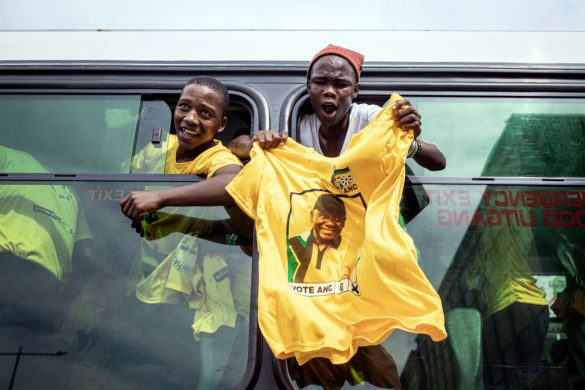En del er sket, men langtfra nok – det er stadig organisationerne i Nord, der bestemmer, selv om de forlader sig mere på en lokal stab og giver højere stillinger til dem – kniber med karrieremuligheder bl.a., når folkene fra Nord er væk igen.
DAKAR, 13 May 2013 (IRIN): There has been much talk of decentralizing the northern-centric humanitarian aid sector to give more power to southern staff, but how much has changed over recent years?
A 2012 study reviewing progress on professionalizing the humanitarian sector – with an emphasis on the deployment of national (local) staff in affected countries – revealed inadequate (utilstrækkelig) progress.
IRIN spoke to training professionals, humanitarian managers and training participants about the support national staff receive in building meaningful humanitarian careers.
It is now well-understood that nationals – individuals, associations, professionals – are the first to respond to disasters, and in many cases are the most generous donors, though figures are still difficult to tally.
With the number of recorded disasters up year on year – doubling over the past 20 years to more than 400 per year, according to the UN Office for the Coordination of Humanitarian Affairs (OCHA) – the need to support humanitarians to professionalize improve standards and obtain professional qualifications is more important than ever.
Increasingly aid agencies are sending nationals to run programmes in risky environments – such as northern Mali or Syria – due to shifting patterns of securing access and mounting fear for expat safety.
But once internationals are allowed back in, the knowledge and experience accrued (opsamlet) by national staff may not help them advance their careers.
As Sri Lankan aid workers told the authors of the 2010 aid professionalization scoping study, (commissioned by ELHRA – Enhancing Learning and Research for Humanitarian Assistance):
“After many of the INGOs left, the local staff were left with nothing – no references, no certification, no jobs. How can they prove they worked in the response to us?”
Progress
Some things are working better: agencies are collaborating (samarbejder) more closely than ever to build national staff capacity, cutting down on the endless duplication of individual-branded training courses that used to predominate.
The Development and Humanitarian Assistance (D&HA) competency framework “Security training Staying Alive”, for instance, is becoming “standard currency in the sector, as is the Humanitarian Logistics Association’s accredited online logistics course.
“Everyone recognizes that the piecemeal (stykvis /sammenstykket) approach has not worked,” said Save the Children’s head of learning and professional development, Catherine Russ.
“Working together raises the profile of the schemes (planerne), gives staff an opportunity to network and see what is going on out there,” said People in Aid’s human resources services manager, Emmanuelle Lacroix, adding:
“It works because there is a commitment at the international level to push it forward.”
Standards are also improving – or at least systems to measure them.
Agencies have agreed on a set of seven core (kerne) competencies for all aid workers, and these are increasingly being incorporated into training by established bodies, such as vocational training bodies Bioforce, or RedR.
The competencies include applying humanitarian principles, managing oneself in a pressured environment, and developing collaborative relationships. The framework marks “the beginning of occupational standards in our sector”, said Russ.
Training consortia
Læs videre på
http://www.irinnews.org/Report/98025/Analysis-Helping-local-aid-workers-build-meaningful-careers






